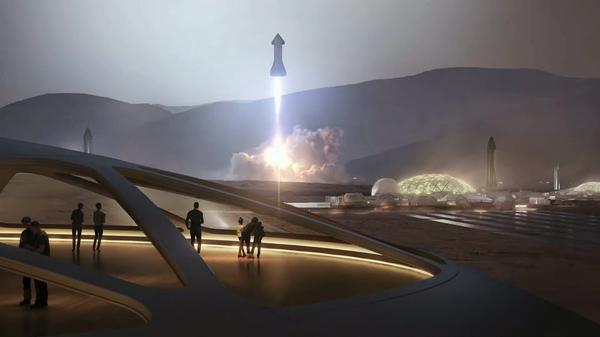Analysing data from hundreds of major earthquakes, Doyeon Kim at the University of Maryland and his colleagues have found a new structure beneath the volcanic Marquesas Islands in the South Pacific Ocean. The structure, known as an ultra-low velocity (ULV) zone, is about 1000 kilometres in diameter and 25 kilometres thick, says Kim.
These structures are called ULV zones because seismic waves pass through them at slower velocities, but what they are made of is still a mystery. They might be chemically distinct from Earth’s iron–nickel alloy core and silicate rock mantle, or have different thermal properties.
The researchers discovered the structure while analysing 7000 records of seismic activity from earthquakes that occurred around the Pacific Ocean basin between 1990 and 2018. The earthquakes all had a magnitude of 6.5 or greater, and were all deeper than 200 kilometres below Earth’s surface.








